Three Position Band Pull Apart
The three position band pull apart works the upper back and posterior shoulder in a pronated, neutral, and supinated grip.
Want better shoulder mobility? Download Day 1 of our Shoulder Mobility Program for free:
Intro
Band pull aparts help to strengthen the upper back and posterior shoulders. They can also be used as a warm up.
In this article you will learn:
- The Do’s and Don’ts of band pull aparts
- How to perform the pull apart with three different positions
- How many reps/sets to do and when
Typically band pull aparts are done for a few sets of 10-20 reps with one grip.
Since the shoulder is a ball and socket joint, it’s helpful to work on this movement in three different hand/shoulder positions to train this motion with different degrees of rotation in the shoulder joint.
Equipment Needed: Any resistance band with light to medium light resistance.
First up, the Do’s and Don’ts of Band Pull Aparts
The Do’s and Don’ts of Band Pull Aparts
Upper Back Position
The upper back should remain in neutral during the band pull apart, not round forward.
This applies to all variations of this exercise.
The goal is that the shoulder joint and shoulder blades move freely and naturally on the rib cage during this exercise.
When the hands move forward to get to the starting position, it can be hard to keep the upper back in the same position while the shoulder blades are protracted (sliding forward).
Use this as an opportunity to build body awareness.
Shoulder Blade Position
This is more subtle than the upper back position, but equally important.
The shoulder blades should not be pinched back and together during this exercise.
There can be a tendency for people to want to ‘lock’ their shoulder blades down.
That is not desirable during this exercise.
The shoulder blades should be allowed to move freely.
Keeping them pinched is unnatural and can lead to excessive neck tightness during this exercise.
Finishing Position
There’s a tendency for many people to pull the band apart as far as possible in the finishing position.
This isn’t necessarily helpful as we are not trying to go into maximal horizontal abduction with this exercise.
Not every exercise has to be taken to full end range of motion to get the muscular training affect you are looking for.
There is a time and a place for everything.
In the band pull apart, we want to end the rep when the band comes in contact with the chest.
Next up, the three different positions
The Three Positions
Position 1 - Pronated Grip
The first position we will use in the band pull apart is a pronated grip, or overhand grip.
When in this position, the shoulder is internally rotated.
So what you are doing is horizontally abducting the shoulder in an internally rotated position.
This will bias the upper back muscles and posterior deltoid.
Position 2 - Neutral Grip
The second grip is a neutral grip.
In this position, the palms of the hands are facing each other.
The shoulder joint isn’t internally or externally rotated, it is neutral.
This works the upper back and more of the middle deltoid.
The grip on position two is the hardest to get correct in the hand with the band.
The band should be exiting your fist between your index and middle finger with your thumb over the top of the band.
Position 3 - Supinated Grip
The third grip is a supinated grip or underhand grip.
This places the shoulder into external rotation.
This works the upper back muscles and middle delt with maybe a little anterior deltoid.
By working the band pull apart in all three of these positions, you are getting shoulder abduction training in pronation, neutral, and supination to work on all positions.
This method of performing band pull aparts is well-rounded and allows for variety in your training.
Want better shoulder mobility? Download Day 1 of our Shoulder Mobility Program for free:
Reps, Sets, Frequency
The three position band pull apart is used in our Shoulder Mobility Program after working on range of motion to use and map the range of motion.
It’s also used in our Shoulder Strength Program as a prepping tool before heavier exercises.
Depending on the context in which you are using this exercise, the reps, sets, and desired training effect will be different.
If using it as a warm up before bigger lifts, you should try to avoid going to fatigue.
This may mean 3 sets of 10.
If you are using it as a finisher for an upper body workout day, you may want to train it to exhaustion.
This may mean 5 sets of 20 with 45 seconds of rest between reps.
An important part of the band pull apart, despite the use, is tempo.
This exercise should be done with control and not quickly. Each rep should take 3-4 seconds to complete.
Need more Help with Your Shoulders?
If you need additional help with your shoulders, we recommend:
What to Read Next
Commonly Misunderstood Words in Movement and Mobility
Commonly Misunderstood Words in Movement and Mobility In this post I will be sharing my thoughts on common words used in the movement and fitness world with a focus on how to better define them conceptually, and where applicable, mathematically. Each day...
How to Stretch Shoulder Extension
How to Stretch Shoulder Extension Learn how to stretch your shoulder extension Want better shoulder mobility? Download Day 1 of our Shoulder Mobility Program for free: Option 1 For many people, option 1 will be the best option, especially if...
Why Shoulders HAVE to Move Differently
All shoulders have to move differently and stretching won't fix every problem. Learn how the anatomy affects overhead lifting.
Standing Banded Row
Standing Banded Row The standing banded row is an easy to perform shoulder and upper back exercise that works: Scapular retraction Scapular protraction Shoulder external rotation Shoulder extension Thoracic extension isometric Training these motions helps to keep your...
Get all our latest articles sent directly to your inbox
Comments

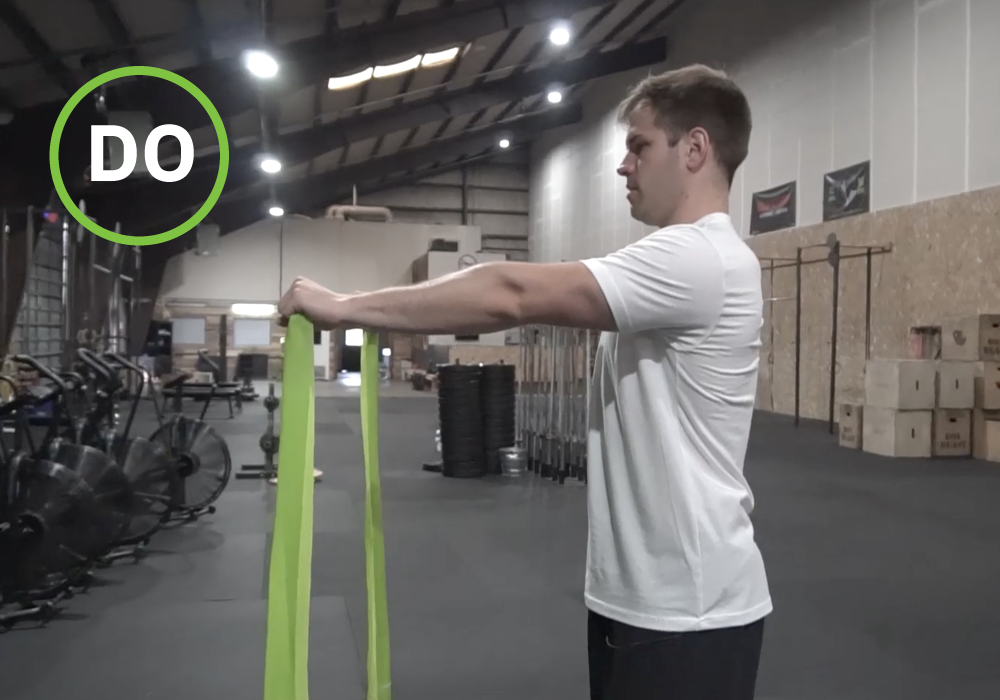
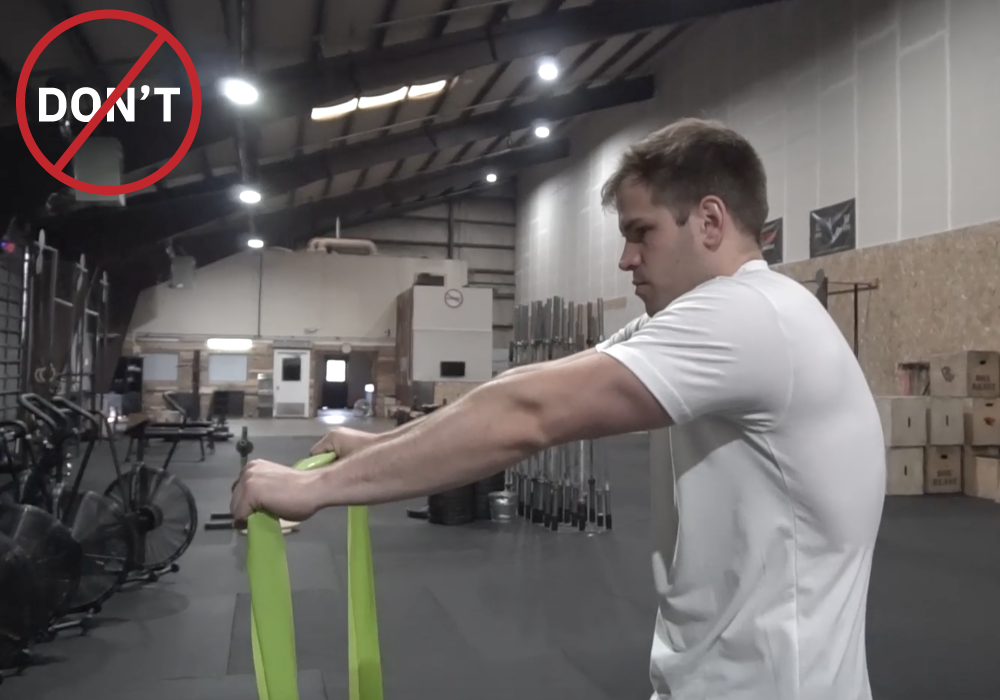
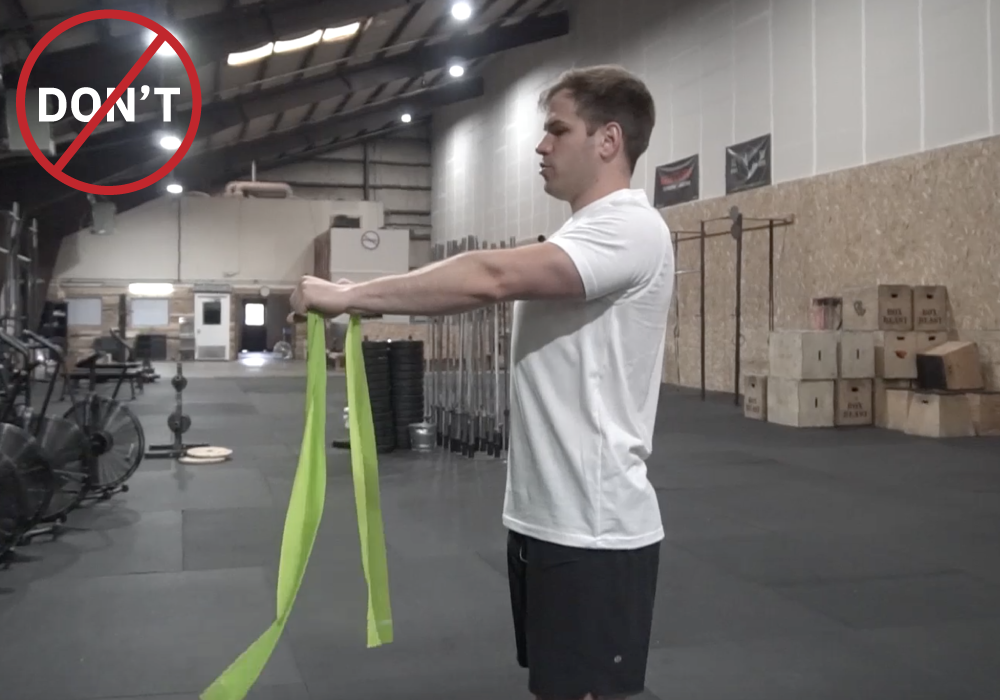
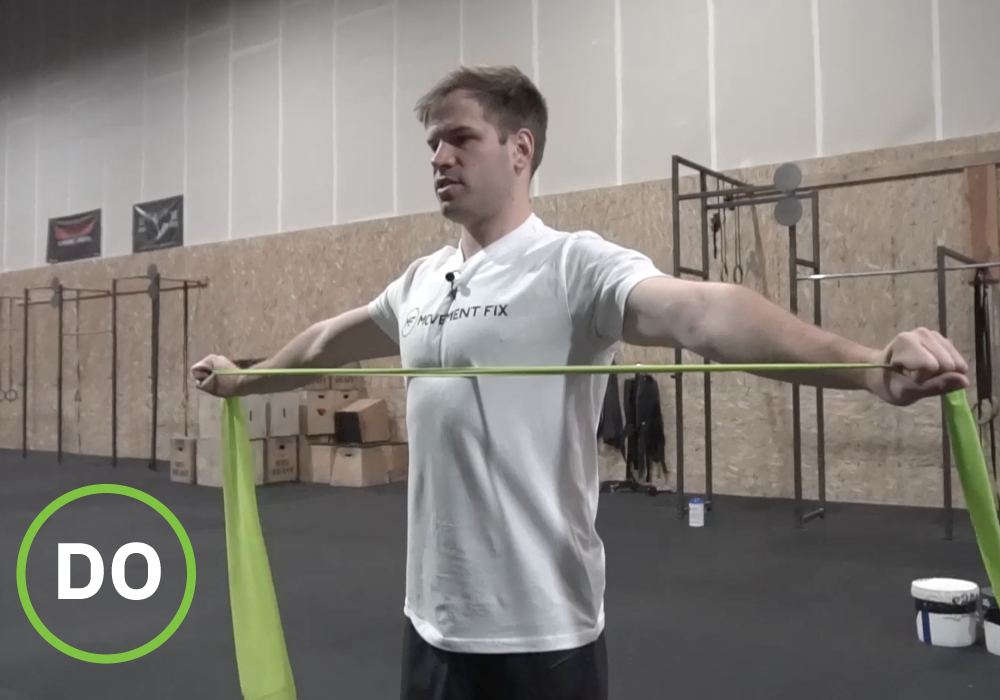
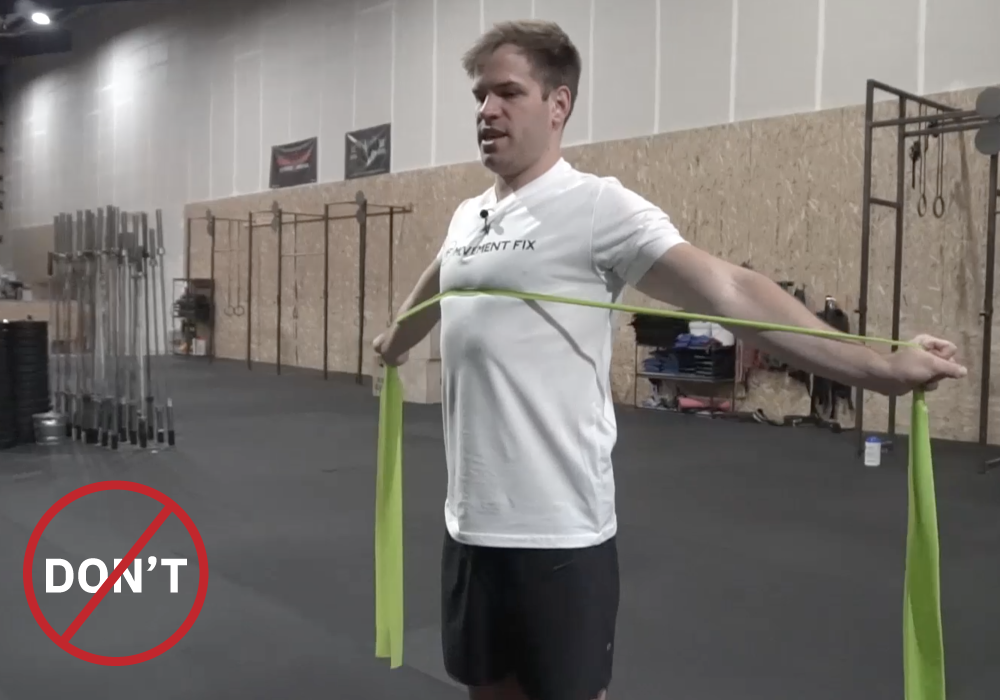
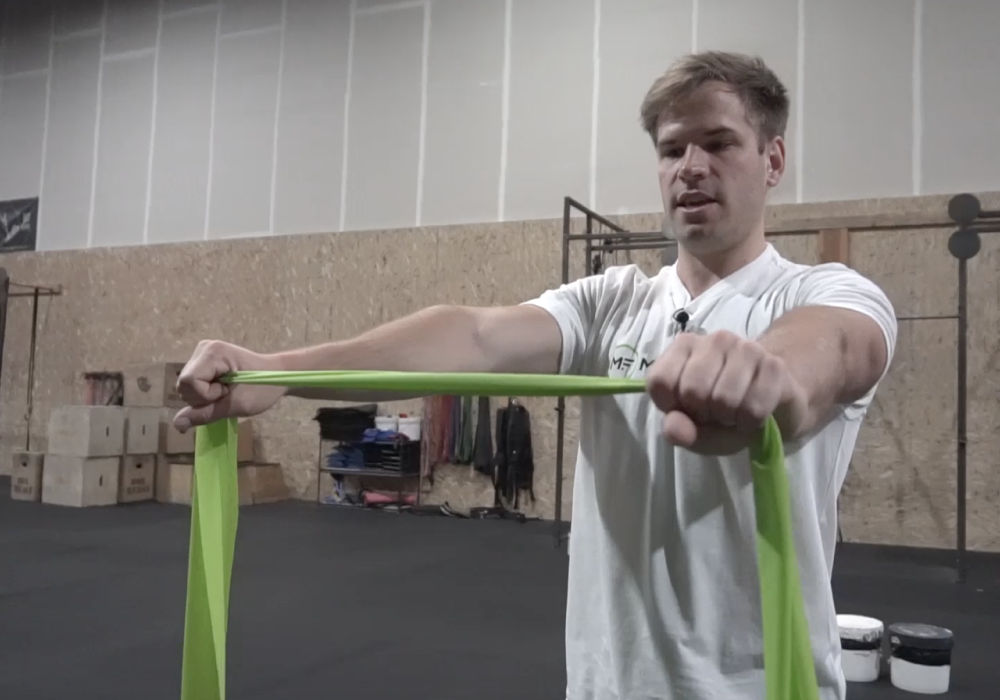
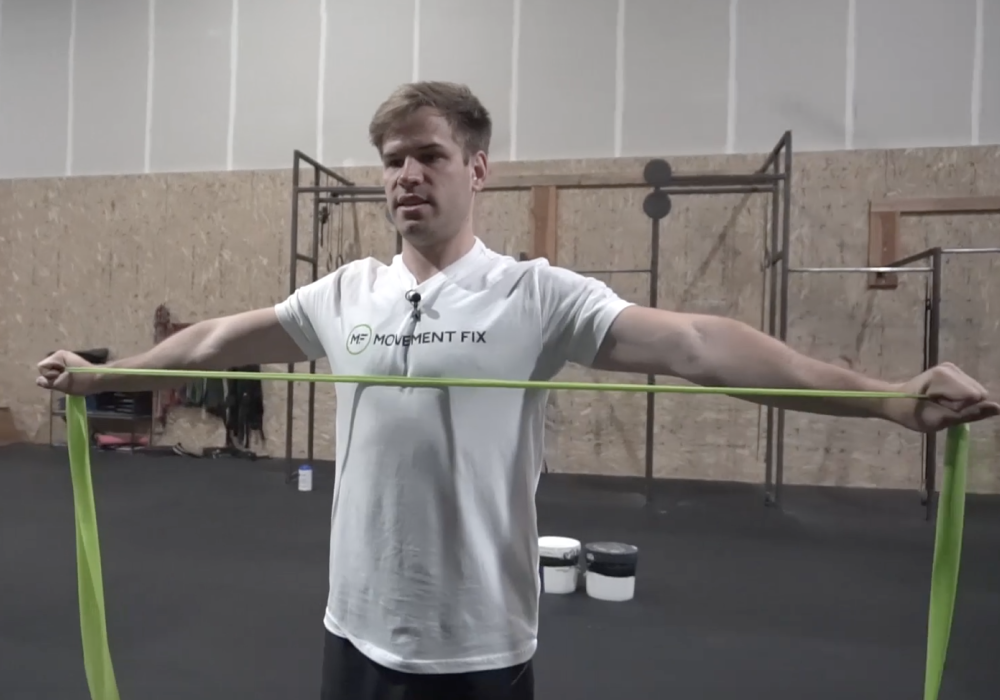
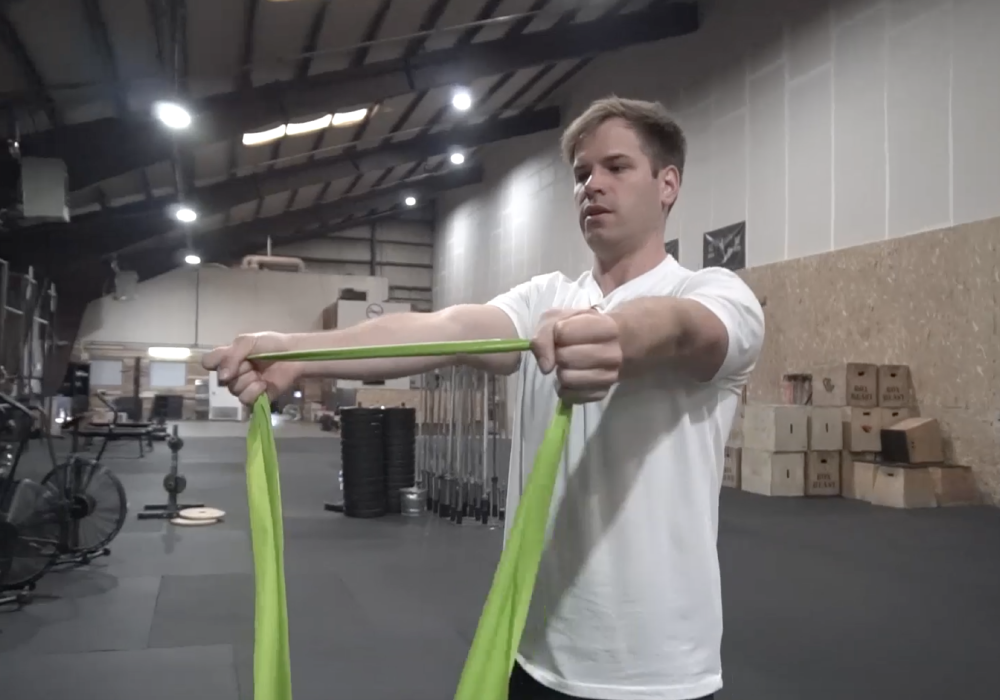
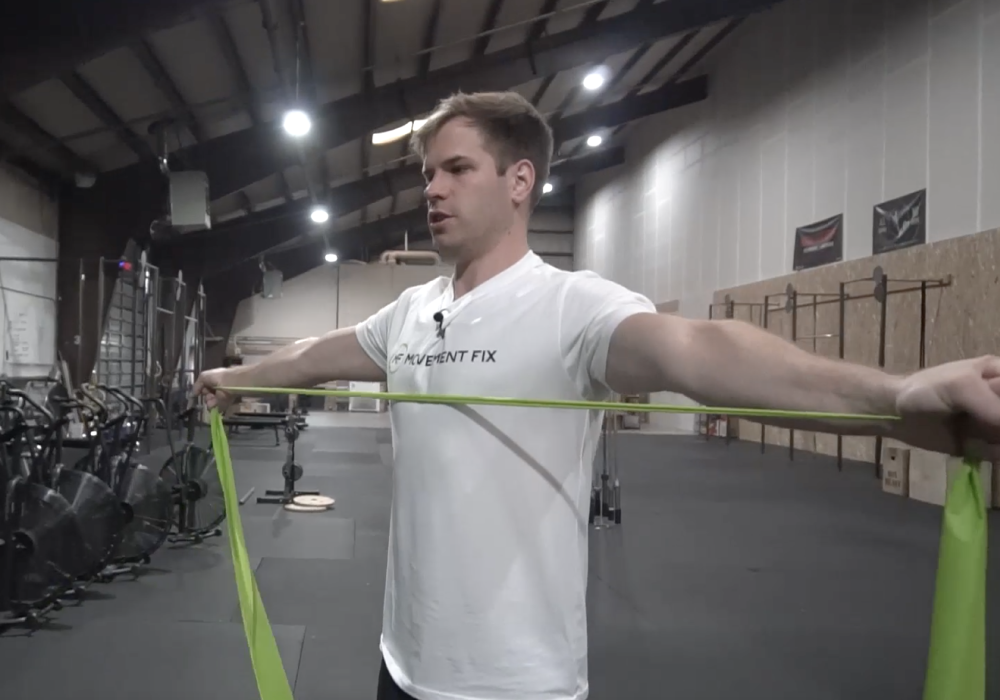
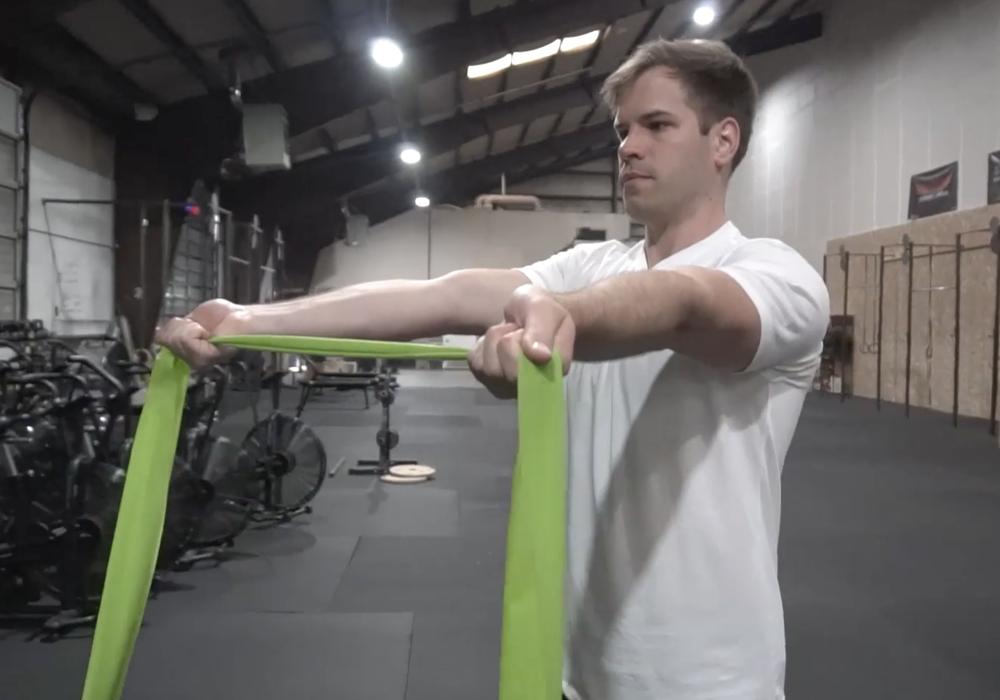
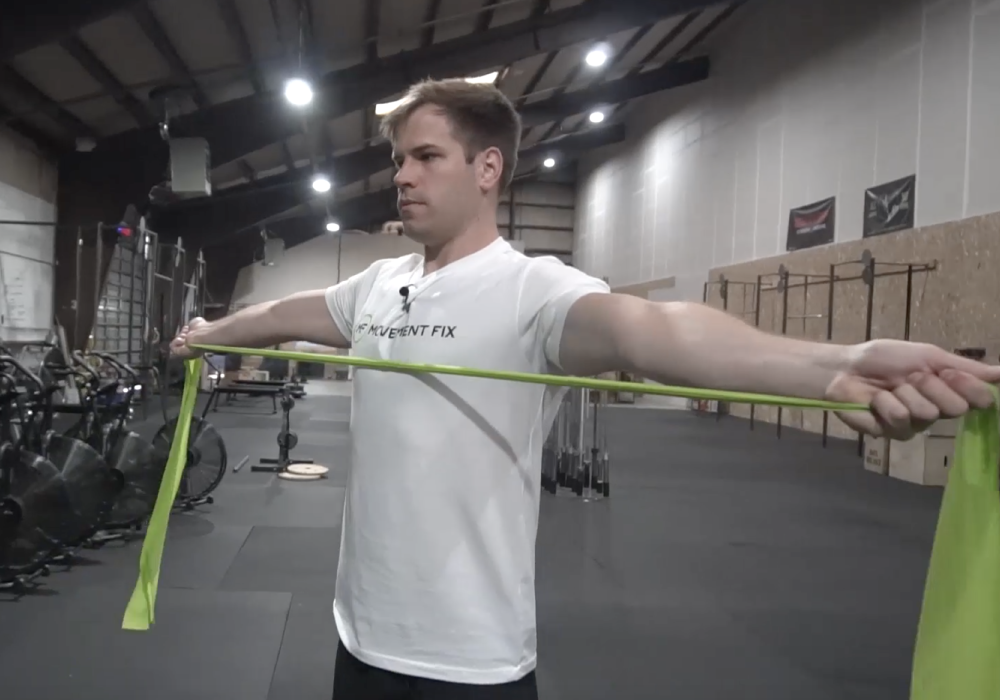
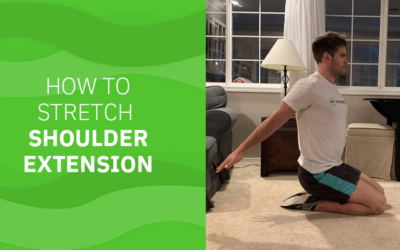
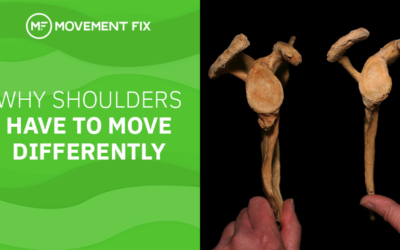
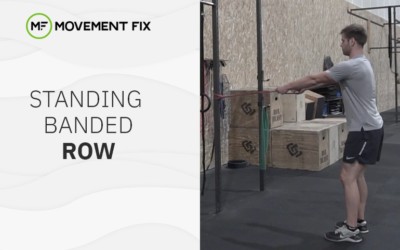

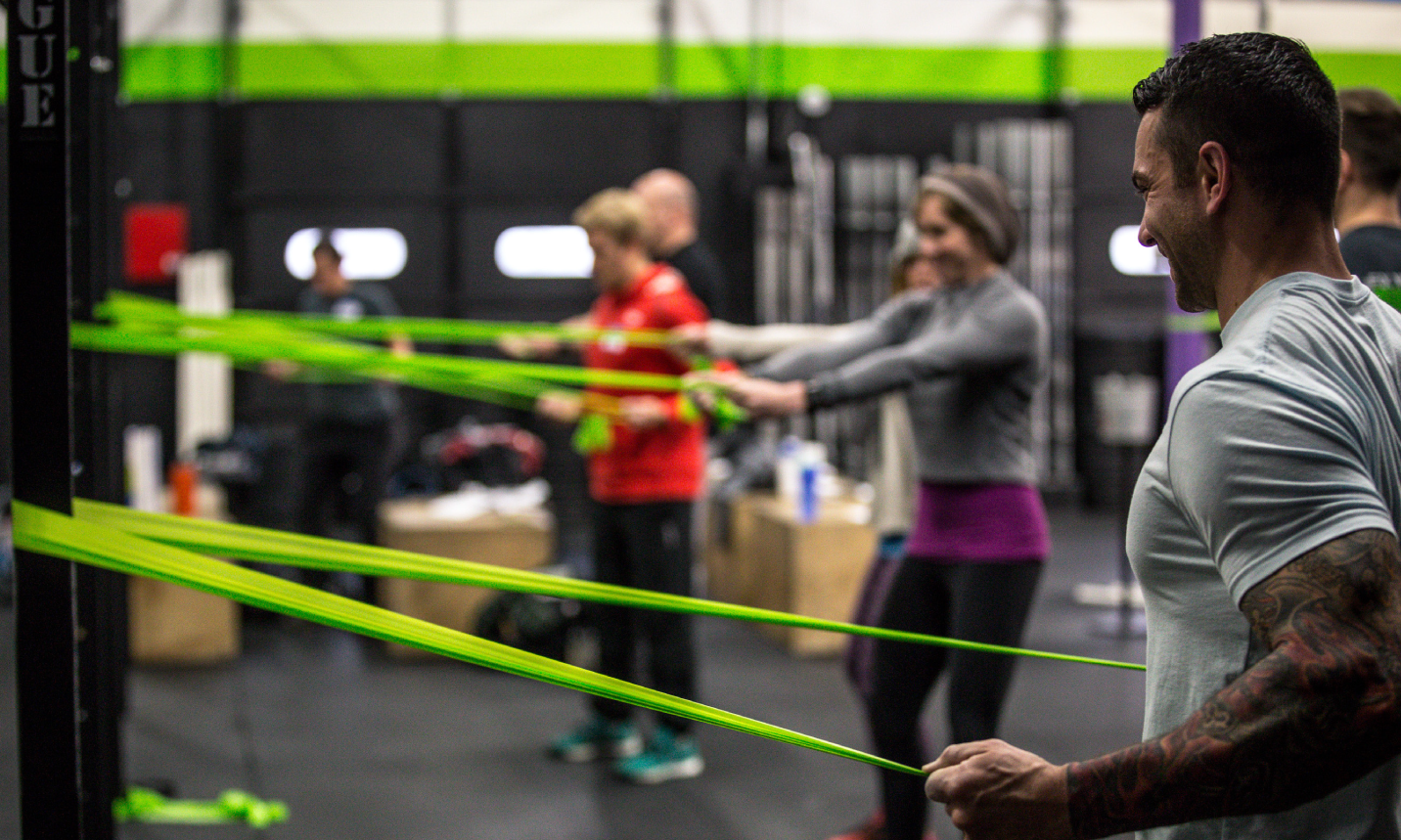
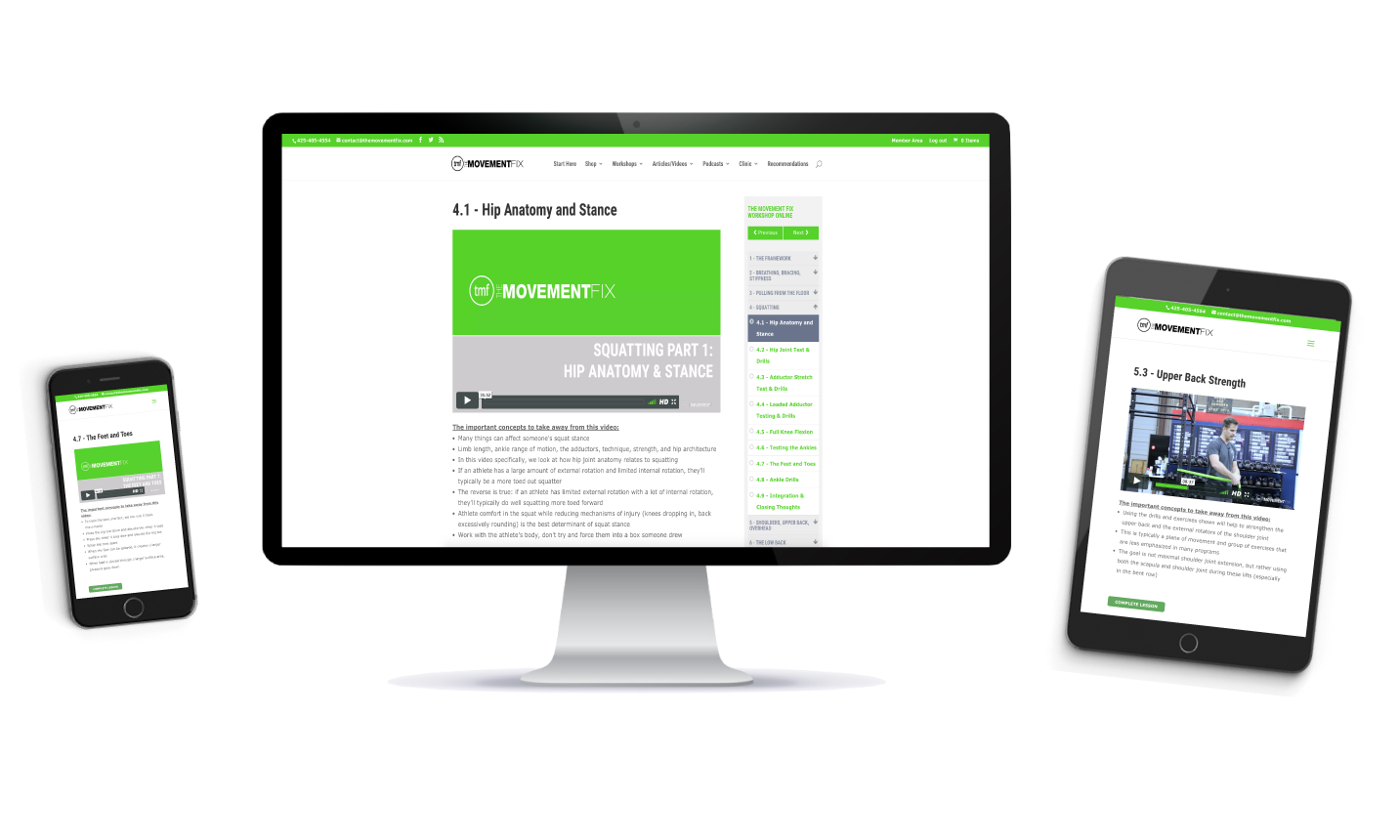
Great videos I’m into a lot of stretching and your videos are very informative. Breakdown everything really give me more ideas how to work body parts. Want to thank you really like what you do.
I have been watching you for months and I have a TherapyMat and TheraBand that would help you explain many of your exercises properly. You would be able to teach positioning, scalability and do the exercises properly.
Call me to discuss.
415-601-3364
Brilliant! Got shoulder exercise from a physio last week for shoulder mobility with just first hand position. Will try the other two positions next when I'm comfortable doing the first one! Thank you.
Lately i've been doing the band pull apart with bent ellbows, i feel the mid traps much more. What are your thoghts? I want to target the rhomboids and traps more than the rear delts.